Digital And Analogy Cameras Are Avaible ?
Digital and analog cameras are both available in the market. Digital cameras capture and store images electronically, using image sensors and memory cards. They offer the advantage of instant image preview, easy sharing and editing options, and the ability to store a large number of photos. Analog cameras, on the other hand, use film to capture images, which need to be developed and printed before they can be viewed. While digital cameras have become more popular in recent years due to their convenience and technological advancements, analog cameras still have a dedicated following among photography enthusiasts who appreciate the unique aesthetic and process of shooting on film. Ultimately, the choice between digital and analog cameras depends on personal preference, intended use, and desired outcomes.
1、 Digital Cameras: Overview and Features
Digital and analog cameras are available in the market today, offering photographers a range of options to suit their preferences and needs. Digital cameras have gained popularity in recent years due to their convenience and advanced features. These cameras use electronic sensors to capture images, which are then stored digitally on memory cards. This allows for easy transfer and editing of photos, as well as the ability to view them instantly on the camera's LCD screen.
Digital cameras offer a wide range of features that enhance the photography experience. They often come with various shooting modes, such as portrait, landscape, and sports, which optimize settings for different types of scenes. Additionally, digital cameras offer manual controls, allowing photographers to adjust settings like aperture, shutter speed, and ISO to achieve their desired results. Some models even offer advanced features like image stabilization, face detection, and Wi-Fi connectivity for easy sharing of photos.
Analog cameras, on the other hand, use film to capture images. While they may not offer the same convenience and instant gratification as digital cameras, many photographers still prefer the unique aesthetic and process of shooting with film. Analog cameras require the film to be developed and printed before the images can be viewed, which can add a sense of anticipation and surprise to the photography process.
In recent years, there has been a resurgence of interest in analog photography, with many photographers appreciating the nostalgic and artistic qualities of film. Some even argue that film photography offers a more authentic and tangible experience, as it requires careful consideration of each shot and limits the number of exposures.
In conclusion, both digital and analog cameras are available in the market today, each offering their own unique advantages and appeal. Digital cameras provide convenience, advanced features, and instant results, while analog cameras offer a nostalgic and artistic experience. The choice between the two ultimately depends on the photographer's preferences and the desired outcome of their photography.
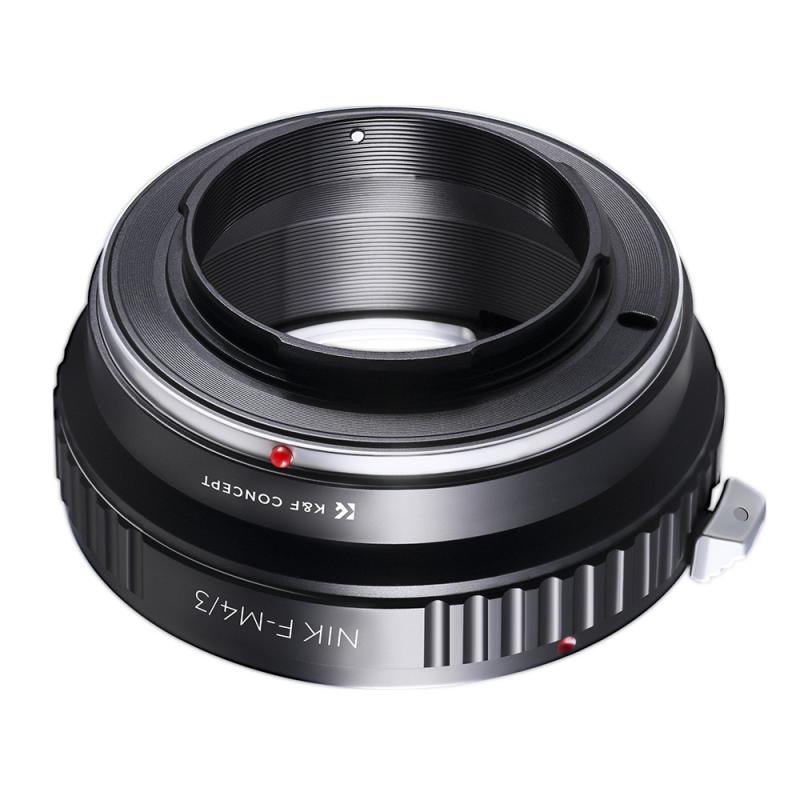
2、 Analog Cameras: Types and Characteristics
Digital and analog cameras are available in the market today, each with its own unique characteristics and advantages. Analog cameras, also known as film cameras, have been around for many years and are still preferred by some photographers for their distinct qualities.
Analog cameras use film to capture images, which can produce a unique and nostalgic aesthetic. The process of shooting with film requires careful consideration of exposure settings and composition, as there is no instant feedback like with digital cameras. This can be seen as a disadvantage by some, but others appreciate the slower and more deliberate approach that film photography requires.
Analog cameras also offer a wide range of options in terms of film types and formats. Different films can produce different colors, tones, and grain structures, allowing photographers to achieve specific artistic effects. Additionally, analog cameras often have a more tactile and mechanical feel, which can be appealing to those who enjoy the hands-on experience of photography.
On the other hand, digital cameras have become increasingly popular in recent years due to their convenience and versatility. Digital cameras use electronic sensors to capture images, which can be instantly viewed on the camera's LCD screen. This allows photographers to review and adjust their shots on the spot, making it easier to achieve the desired result.
Digital cameras also offer a wide range of features and settings, allowing photographers to experiment with different shooting modes, white balance settings, and image processing options. Additionally, digital images can be easily edited and shared using computer software, making it more convenient for photographers to post-process and distribute their work.
In conclusion, both digital and analog cameras have their own unique characteristics and advantages. Analog cameras offer a nostalgic and artistic approach to photography, while digital cameras provide convenience and versatility. Ultimately, the choice between the two depends on the photographer's personal preferences and the specific requirements of the project.
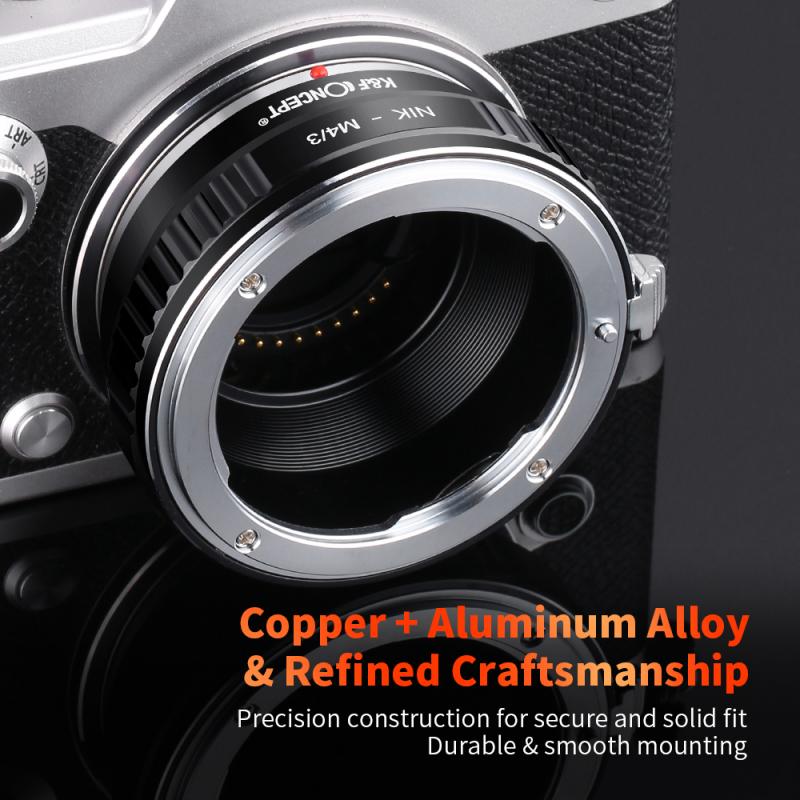
3、 Advantages of Digital Cameras over Analog Cameras
Digital and analog cameras are available. However, digital cameras have several advantages over analog cameras that make them the preferred choice for many photographers.
One of the main advantages of digital cameras is the ability to instantly review and delete photos. With analog cameras, photographers had to wait until the film was developed to see the results. This meant that any mistakes or poorly composed shots could not be corrected until it was too late. Digital cameras allow photographers to review their images immediately after taking them, giving them the opportunity to make adjustments or retake the shot if necessary. This instant feedback is invaluable for learning and improving photography skills.
Another advantage of digital cameras is the ability to store a large number of photos on a memory card. Analog cameras required photographers to carry multiple rolls of film, which could be cumbersome and limited the number of shots that could be taken. With digital cameras, photographers can take hundreds or even thousands of photos on a single memory card, eliminating the need to constantly change film rolls.
Additionally, digital cameras offer the convenience of easy photo sharing and editing. Photos can be transferred to a computer or smartphone and shared instantly with friends and family through social media or email. Digital photos can also be easily edited using software programs, allowing photographers to enhance their images or make creative adjustments.
In recent years, digital cameras have continued to evolve and improve. The latest advancements include higher resolution sensors, improved low-light performance, and faster autofocus systems. These advancements have made digital cameras even more versatile and capable of capturing stunning images in a wide range of conditions.
In conclusion, digital cameras offer numerous advantages over analog cameras. The ability to instantly review and delete photos, store a large number of images on a memory card, and easily share and edit photos make digital cameras the preferred choice for many photographers. With the continuous advancements in digital camera technology, the gap between digital and analog cameras continues to widen.
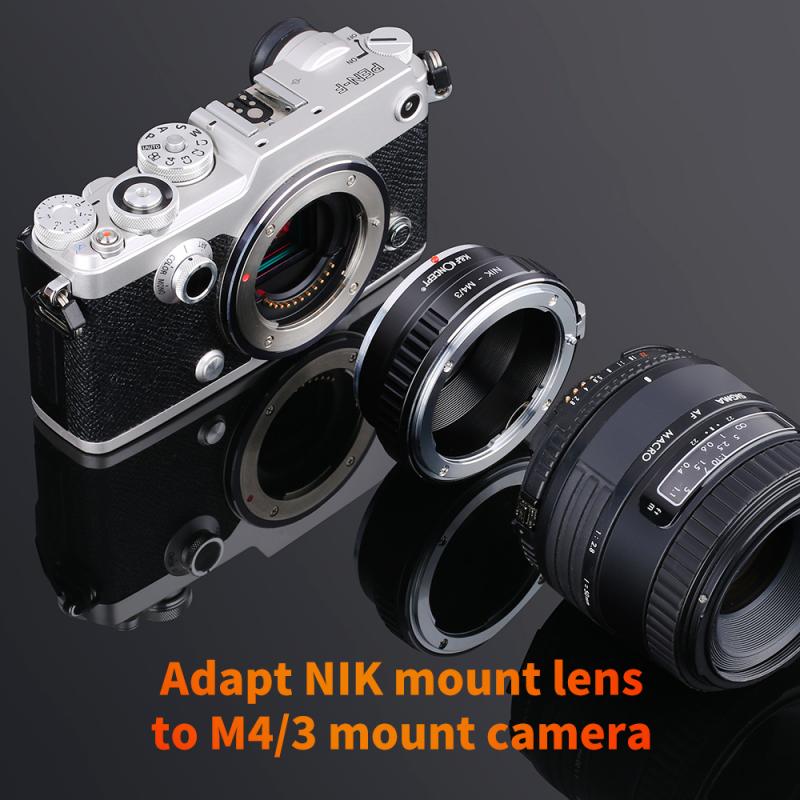
4、 Advantages of Analog Cameras over Digital Cameras
Advantages of Analog Cameras over Digital Cameras
Analog cameras have been around for decades and have their own set of advantages over digital cameras. While digital cameras have become more popular in recent years due to their convenience and advanced features, analog cameras still hold a special place in the hearts of many photographers and enthusiasts. Here are some advantages of analog cameras over digital cameras:
1. Aesthetic Appeal: Analog cameras produce a unique and nostalgic aesthetic that many photographers find appealing. The grainy texture, color rendition, and overall look of analog photographs have a certain charm that cannot be replicated by digital cameras. This aesthetic appeal has led to a resurgence in the popularity of analog photography in recent years.
2. Tangible Experience: With analog cameras, photographers have a tangible experience of capturing moments. The process of loading film, manually adjusting settings, and waiting for the film to be developed adds a sense of anticipation and excitement to the photography process. This hands-on experience can be more fulfilling for some photographers compared to the instant gratification of digital cameras.
3. Dynamic Range: Analog cameras have a wider dynamic range, meaning they can capture a greater range of tones and details in a single photograph. This allows for more flexibility in post-processing and ensures that highlights and shadows are well-preserved. While digital cameras have made significant advancements in dynamic range, some photographers still prefer the rich tonal range of analog photography.
4. Timelessness: Analog photographs have a timeless quality that can withstand the test of time. Unlike digital files that can be easily lost or corrupted, analog prints can be physically stored and preserved for generations. This longevity adds value to analog photography as a form of art and documentation.
It is important to note that while analog cameras have their advantages, digital cameras have made tremendous progress in recent years. The convenience, instant feedback, and advanced features of digital cameras cannot be overlooked. Ultimately, the choice between analog and digital cameras depends on the photographer's personal preferences and the desired outcome.
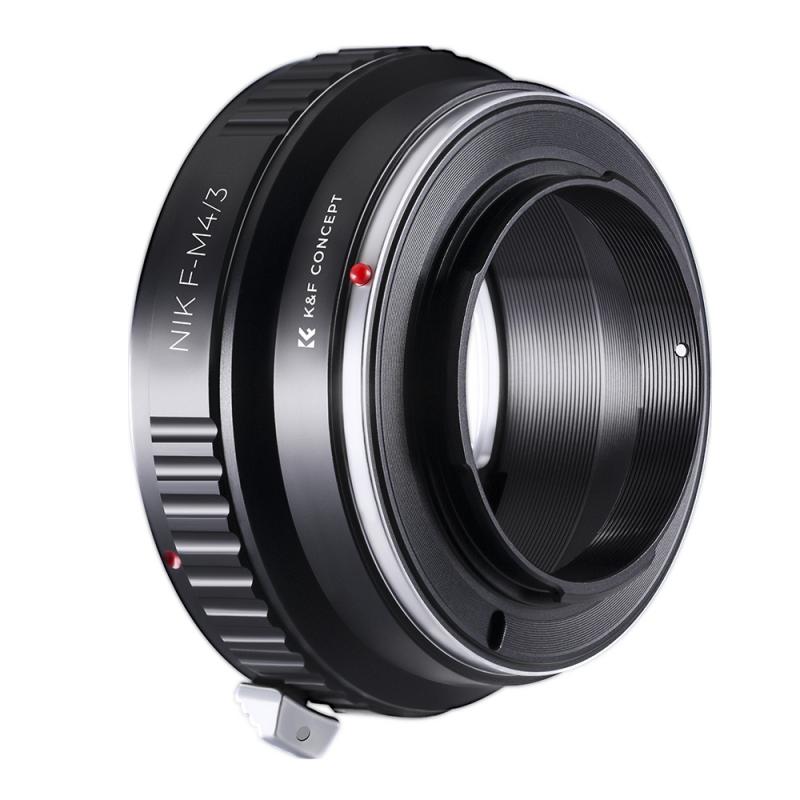








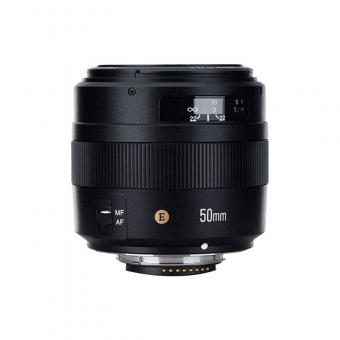




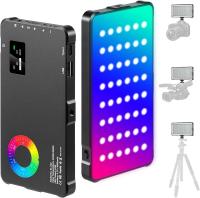

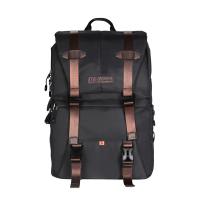

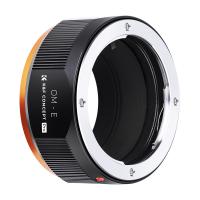



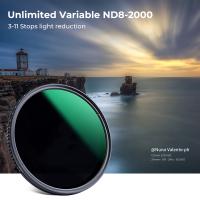
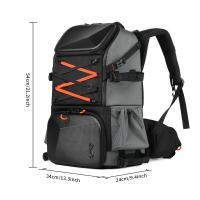






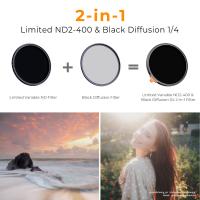
There are no comments for this blog.